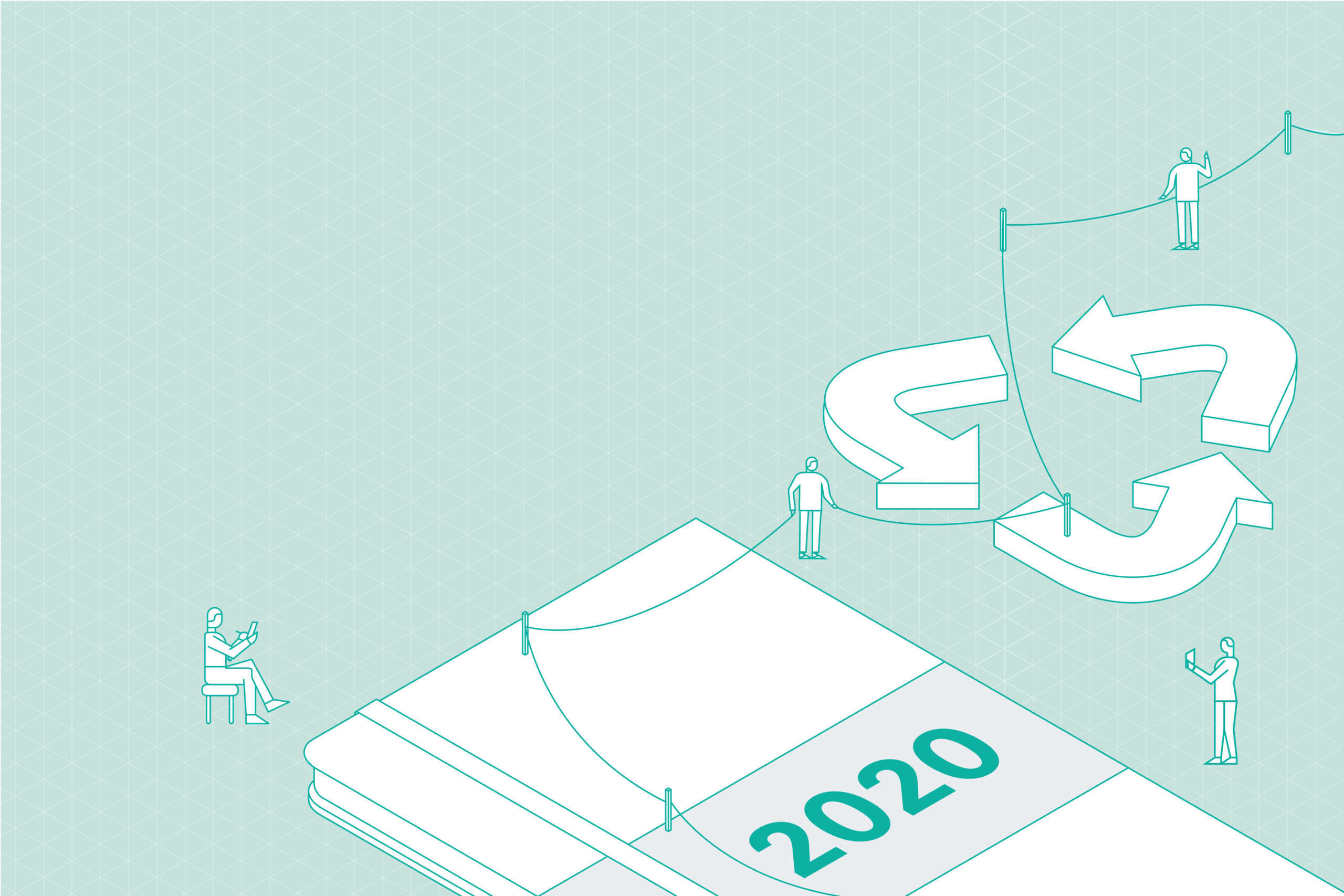Water Watcher: A new way to monitor residential water use
California is in the midst of its worst drought in 500 years.
In February, Governor Jerry Brown declared a state of emergency and asked California residents to voluntary reduce their water use by 20%. An admirable goal, but how does that translate to people’s daily lives and routines? What does 20% really mean? Designers in our San Francisco studio decided to help by designing a product that effectively influences residential conservation, reduces residential water consumption, and adds meaningful value to people’s daily conservation efforts. But first, we started by talking to people about how they think about water.
Our relationship to water
We found that most people simply have no idea how much water they use in a day, so what does a 20% reduction even look like? While millions of gallons of water are wasted, we simply don’t realize it because it’s hard to register and measure. It all vanishes – literally – down a drain. A water bill isn’t sufficient for any kind of meaningful behavior change.
In fact, reviewing what we knew from projects like Ford SmartGauge and research around behavior change, we knew that the best chance for success was in-moment feedback—feedback that happens while you’re doing the activity. This is particularly true of energy consumption. Our research found that communicating information at the point of usage had more impact to reduction than a cumulative capture of usage, such as a report at the end of the month. Feedback that not only shows data but also advises with prescriptive benchmarks is more likely to affect behavior.

Shortlist Winner, IxDA Interaction Award
Water Watcher was honored as a Shortlist Entry in the Disrupting category at the 2015 IxDA Interaction Awards

Gold, Spark Award
Water Watcher won a Gold Award in the Spark:Experience category at the 2014 Spark Awards.

Collection
Sustainability in practice
While people we talked to wanted to be “good citizens” and monitor their water use, most admitted they were naïve about usage, management, tracking, appliance consumption, etc. It wasn’t a daily concern, and they tended not to be conscious of usage. The majority didn’t actively manage their water bill or even have access to it. Cost (or even cost savings) was rarely considered.
Another problem with water tracking is that the typical unit of measurement (gallons) isn’t particularly meaningful. People wanted a measurement that was personal and familiar, such as a bucket- or bathtub’s-worth of water. Minutes were also a common benchmark to express usage (i.e. a three-minute shower).
Research into which objects were contributing to water waste turned up a small surprise: appliances like dishwashers aren’t the problem. Toilets, showers, and sinks are the greatest indoor water guzzlers. We knew our solution would have to focus on these objects to be effective. But this presented another problem: sinks, toilets, and showers (and even the hardware connected to them, like faucets) are expensive, difficult to change, and have often been customized. People don’t want to rip out their sink and fancy faucet to install something new. So we knew that our solution had to work with existing hardware.
Introducing Water Watcher
Our solution, Water Watcher, has three components: a monitor, an indicator, and an app.
A monitor that easily hooks up to the incoming water line goes under the sink (or behind the shower head or toilet). It measures the amount of water being used and sends that data to the indicator and the app. Currently, the monitor needs to be plugged in, but future iterations could see it powered hydroelectrically by the water flowing through it.
The indicator is the visible part of Water Watcher, which gives in-moment feedback. Gentle, ambient LEDs illuminate in a sequence to indicate how much water is actually being used. Once the water stops running, the indicator briefly shows where the house is in its daily usage. The indicator is designed to be attractive and visible, while not intrusive.
The final part is the Water Watcher app that lets users see overall usage, long-term trends, and set water conservation goals. The app lets you coordinate multiple Water Watchers for a coherent picture of a house’s water use.
With Water Watcher, households would likely save thousands of gallons of water a year, and communities could save millions of gallons of this precious resource.
A team of designers, researchers and prototypers worked on Water Watcher, including Dan Saffer, Kelsey O’Callaghan, Ivan Exposito, Natalie Phillips-Hamblett, Nathalie Collins, Matthew Blunt and Lynn Collette.
Read about Water Watcher in Fast Company.